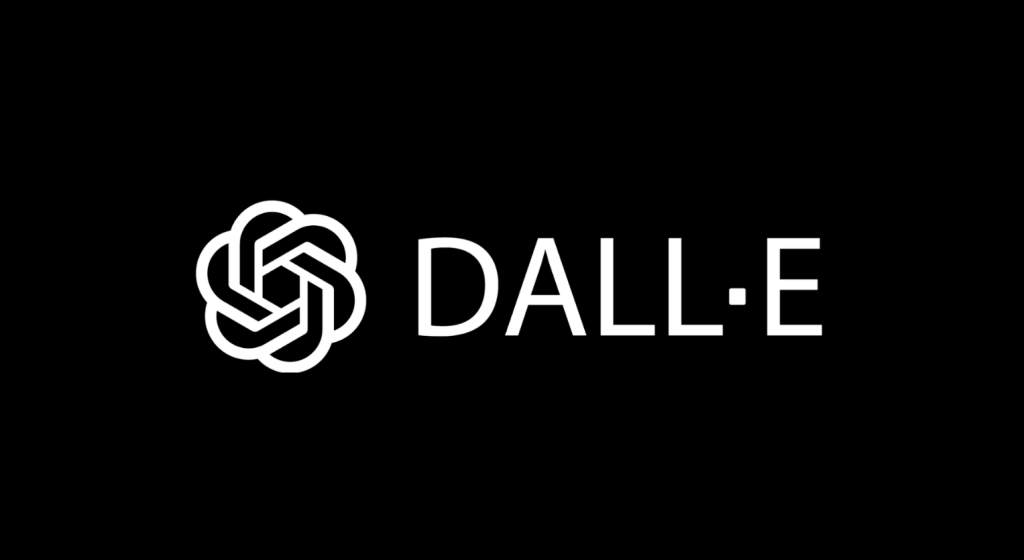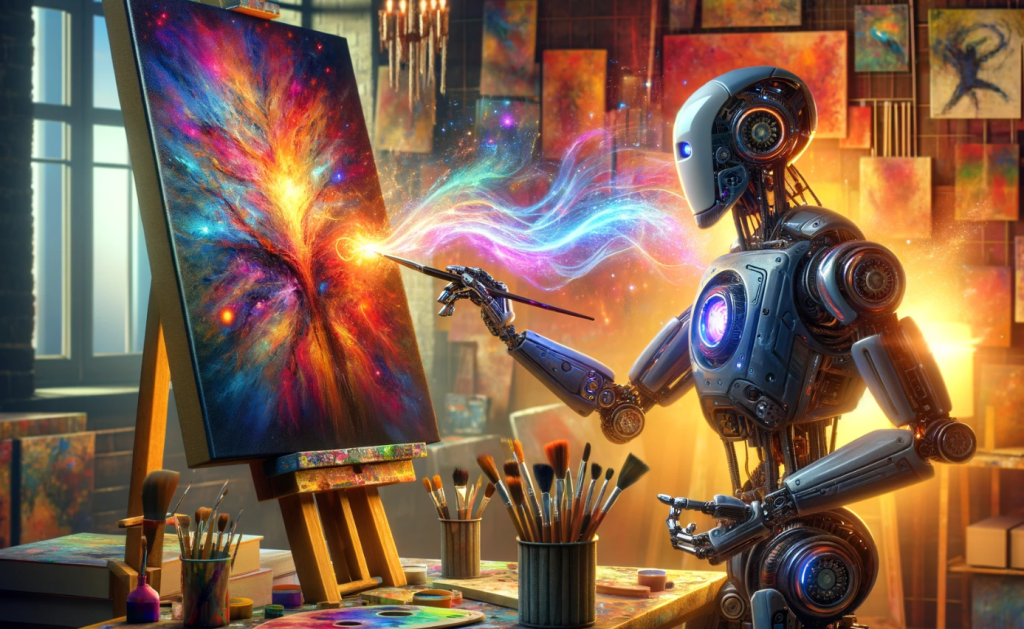Table of Contents
DALL-E, developed by OpenAI, is a groundbreaking AI model designed to generate images from textual descriptions. By combining the capabilities of GPT-3 for language understanding with advanced image generation techniques, DALL-E can create highly detailed and imaginative visuals based on user inputs. For instance, if given a description like an armchair in the shape of an avocado, DALL-E can produce an accurate and creative image that matches this unique idea. This ability to translate words into pictures opens up vast possibilities in various fields, including art, design, and advertising.

DALL-E’s versatility allows it to understand complex prompts and generate diverse images that range from realistic to fantastical. The model showcases the potential of AI in bridging the gap between language and visual creativity, making it a powerful tool for both professionals and enthusiasts looking to explore new dimensions of digital content creation.
How is DALL-E different from other image generation models?
DALL-E sets itself apart from other image generation models with its unique ability to create detailed and imaginative images directly from textual descriptions. Unlike models that require initial images or more constrained inputs, DALL-E can generate visuals solely based on written prompts. Its creativity and versatility allow for a wide range of image outputs, from realistic to fantastical, making it suitable for diverse applications in art, design, advertising, and content creation. By integrating advanced language processing with deep learning techniques for image generation, DALL-E effectively bridges the gap between language and imagery, offering a novel approach to generating visuals based on textual cues.
Enjoy Also: Best Guide To Use Tome AI
How does DALL-E work?
DALL-E sets itself apart from other image generation models with its unique ability to create detailed and imaginative images directly from textual descriptions. Unlike models that require initial images or more constrained inputs, DALL-E can generate visuals solely based on written prompts. Its creativity and versatility allow for a wide range of image outputs, from realistic to fantastical, making it suitable for diverse applications in art, design, advertising, and content creation. By integrating advanced language processing with deep learning techniques for image generation, DALL-E effectively bridges the gap between language and imagery, offering a novel approach to generating visuals based on textual cues.

Best Tips To Maximize the Usage of DALL-E
Clear and Detailed Descriptions
Provide clear and detailed descriptions when prompting DALL-E to generate images. The more information you provide, the better the model can understand and create visuals based on your input.
Creative Prompts
Experiment with creative and imaginative prompts to explore DALL-E’s capabilities fully. Encourage the model to generate unique and novel visuals by thinking outside the box with your descriptions.
Experiment with Different Concepts
Test DALL-E with a variety of concepts and themes to see how it interprets and visualizes different ideas. This can help you discover the model’s strengths and explore its versatility.
Fine-Tune Prompts
Refine your prompts based on the results you get from DALL-E. Adjusting and refining your descriptions can help you achieve more accurate and desirable image outputs.
Understand DALL-E’s Limitations:
Be aware of DALL-E’s limitations, such as potential biases in generated images and challenges with highly technical or specific prompts. Understanding these limitations can help you craft better prompts for optimal results.
Ethical Considerations
Keep ethical considerations in mind when using AI-generated content. Ensure that the images created by DALL-E are used responsibly and in compliance with relevant guidelines and regulations.
Stay Updated
Stay informed about any updates or changes to DALL-E from OpenAI. Keeping up-to-date with the latest developments can help you make the most of the model’s capabilities and features.
Conclusion
DALL-E represents a significant advancement in AI technology by seamlessly blending language understanding with image generation. Its ability to create detailed and imaginative visuals directly from textual descriptions showcases the potential of AI in bridging the gap between language and imagery. By providing clear prompts, exploring creative concepts, understanding limitations, and considering ethical implications, users can maximize the utility of DALL-E for various applications. This innovative model not only facilitates creative expression but also pushes the boundaries of what is possible in digital content creation and visual storytelling.
Can DALL-E create any type of image?
While DALL-E can generate a wide variety of images based on textual descriptions, its accuracy and creativity depend on the complexity and clarity of the input prompt. It excels at creating imaginative and detailed visuals but may have limitations with highly specific or technical subjects.
Is DALL-E available for public use?
The availability of DALL-E may vary. OpenAI has released different versions and access levels over time, so it’s best to check OpenAI’s official website or announcements for the latest information on how to access DALL-E.
